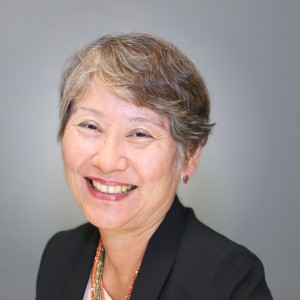
Guest Contribution by Fierce Inc.
An increasing number of fledgling workers are currently being thrust into the spotlight as baby boomers retire and millennials and Gen Z increasingly take over the majority of new jobs.
Many companies are at a loss with how to properly deal with this change and the publicity that comes with it. What makes matters worse, many suffer from a “culture of nice” and have complicated organizational structures, which only perpetuates business problems and proves detrimental to the bottom line. A survey Fierce conducted found that over 40% of leaders felt their organization suffered from “terminal niceness,” valuing politeness over the pursuit of the best ideas and perspectives.
Based on our conversations with current and potential clients — after thousands of hours of conversations and learning about their concerns, unique challenges and goals — we’ve developed the below five trends that we predict will be key to organizations of all sizes in 2019:
Increased accountability for corporate bad behavior. We’ve all seen the news: companies seem to be plagued with worsening scandals, dubious leadership practices and unethical decisions at a near constant rate. Moving forward organizations will internally face these issues head-on, as they happen. No longer will they be swept under the rug or ignored altogether. To get in front of some of these potentially negative stories and to ensure they know what happens within their companies, leaders will work to gain a deeper understanding and connection to the people who make up their organization. This means the popularity of employee training and engagement programs will rise and cover a wide range of topics such as diversity, unconscious bias, ethics, and inclusion.
Fewer organizations will suffer from a “culture of nice.” In these “overly nice” environments, no truly productive feedback is given. People are afraid to disagree or speak up, refuse to address problems and rarely challenge the status quo. A culture of “nice” lends itself to a host of challenges including lack of trust, higher turnover, and lower productivity—none of which are actually “nice.” As organizations continue to improve their conversations skills as it pertains to feedback, and as younger workers vocalize their desire for more frequent feedback, the number of organizations who suffer from this type of culture will decrease in the coming year.
Generation Z will no longer be ignored. An estimated 61 million Gen Zs will apply for jobs in the U.S. next year, many entering the workforce for the first time. However, organizations are only spending 4% of their resources on training those less than 25 years old, according to IBIS. Organizations will be forced to adjust to this new reality in 2019, and in order to be successful, will need to find innovative ways to invest more heavily in their training from the get-go. Fierce believes the New Year will be an area of growth in this regard, as organizations figure out the best way to engage with this new generation. A part of this will no doubt be providing the right resources to this tech-savvy generation to help them succeed both in the short and long term.
Companies will move away from hierarchy and towards more agile teams. Organizations are starting in earnest to understand that strategic alignment is key to their success, and the best way to achieve it is to ensure the company is flexible and responsive at every level. There will be a shift away from teams interacting only at the highest echelons within an organization and towards a more integrated and collaborative approach. With this shift will come an increased need for communication skills, as it will be imperative that managers are well-versed in both delegation and decision making. By empowering teams with greater opportunities for collaboration, 2019 will result in higher productivity and employee engagement.
Progress will be made on digital transformations. While most organizations have been slowly integrating digital components across many areas of their business, 2019 will be the year where real progress is made. Organizations will spend more time focused on truly understanding the needs of the end user—be it employees, clients or customers—and in turn, work with their IT departments to ensure these needs are being met. Innovation is no longer a luxury; without adopting and staying on top of digital trends, organizations will become obsolete.
When we look back a year from now, how successful company leaders are at addressing these themes will come down to a key component — the strength of their conversations. The skills leaders have in addressing issues, assessing concerns and finding solutions all come down to one simple thing: how well an individual can communicate and connect with those around them.
Guest contributions express views of their own and are in no way affiliated or endorsed by theglasshammer.com


